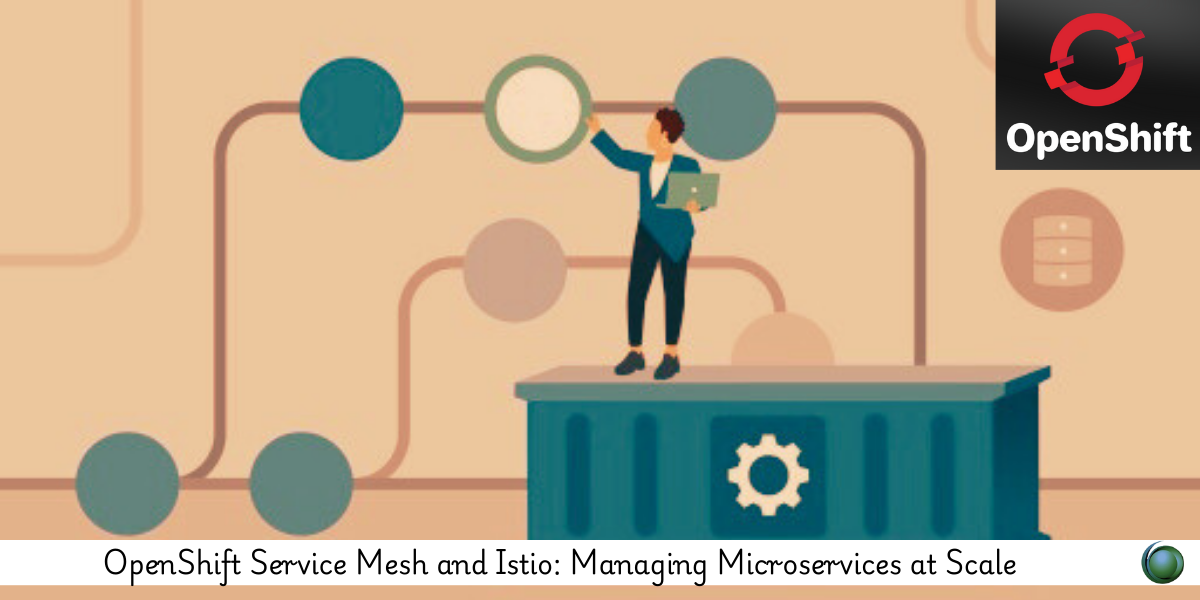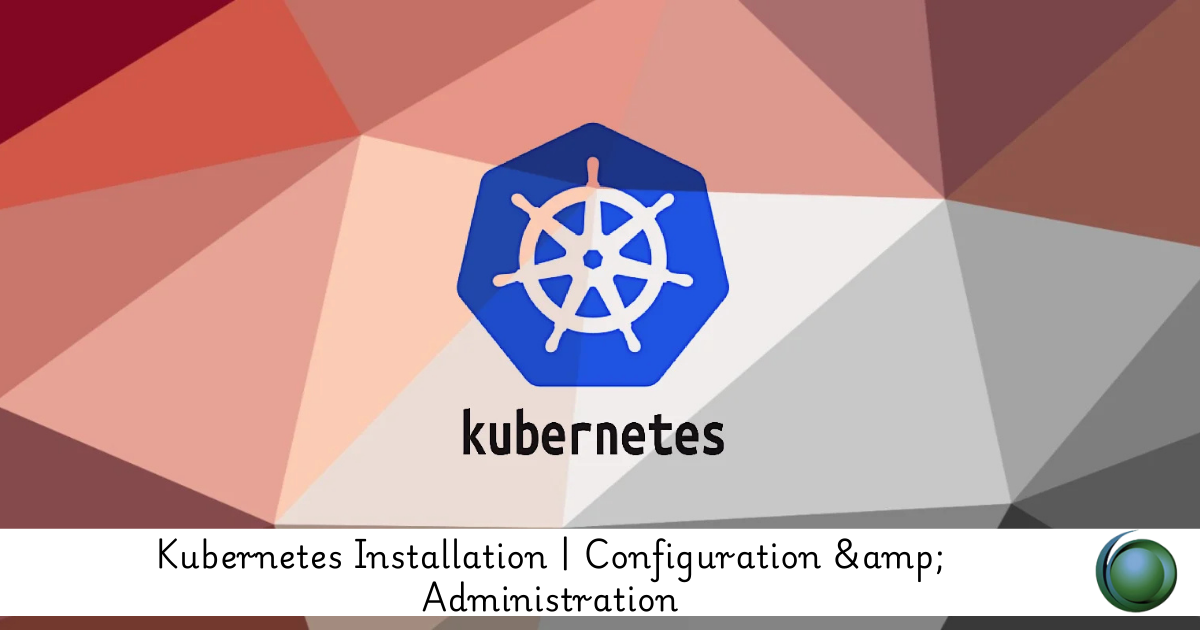Description
Introduction
In the era of microservices, managing communication, security, and observability across distributed systems can become complex. OpenShift Service Mesh, powered by Istio, provides an efficient and robust solution for managing microservices at scale. This course introduces developers and platform operators to the powerful features of OpenShift Service Mesh and Istio, from service discovery and traffic management to security and observability. By the end of the course, you will be equipped to deploy, configure, and troubleshoot microservices within OpenShift clusters using Istio’s service mesh capabilities.
Prerequisites
-
Familiarity with OpenShift and Kubernetes
-
Understanding of microservices architecture
-
Basic knowledge of Docker and containerized applications
-
Experience with YAML configurations and Kubernetes resources
-
Familiarity with Istio (beneficial but not mandatory)
Table of Contents
1. Introduction to Service Mesh and Istio
1.1 What is a Service Mesh?
1.2 Overview of Istio and Its Core Components
1.3 Benefits of Service Mesh for Microservices Architecture
2. Setting Up OpenShift Service Mesh with Istio
2.1 Installing Istio on OpenShift
2.2 Configuring the Istio Control Plane
2.3 Verifying the Installation
3. Core Concepts of Istio Service Mesh
3.1 Istio Architecture Overview (Control Plane & Data Plane)
3.2 Sidecar Proxy and Envoy
3.3 Istio Components: Pilot, Mixer, Citadel, Galley
4. Traffic Management with Istio
4.1 Routing Traffic and Load Balancing
4.2 Implementing Traffic Policies and Mirroring
4.3 Handling Failures with Circuit Breaking and Retries
4.4 Managing Traffic Shifting with VirtualServices and DestinationRules
5. Securing Microservices with Istio
5.1 Authentication and Authorization in Istio
5.2 Mutual TLS and Service-to-Service Encryption
5.3 Managing Secrets and Certificates with Istio
5.4 Role-Based Access Control (RBAC) Policies in Istio
6. Observability in OpenShift Service Mesh
6.1 Telemetry Collection and Integration with Prometheus
6.2 Visualizing Metrics in Grafana
6.3 Distributed Tracing with Jaeger and Zipkin
6.4 Log Collection and Integration with Fluentd and EFK
7. Service Mesh for Resilient Microservices
7.1 Fault Injection and Chaos Engineering in Istio
7.2 Handling Timeouts, Retries, and Circuit Breakers
7.3 Rate Limiting and Quota Management
8. Multi-Cluster and Multi-Cloud Deployments
8.1 Deploying Istio in Multi-Cluster Environments
8.2 Managing Cross-Cluster Traffic
8.3 Integrating Istio with Cloud Providers (AWS, Azure, GCP)
9. Advanced Istio Features
9.1 Advanced Traffic Routing Techniques (Canary Deployments, A/B Testing)
9.2 WebAssembly (WASM) Extensions in Istio
9.3 Istio Mixer for Policy and Telemetry Management
10. Troubleshooting Istio Service Mesh
10.1 Common Istio Issues and Their Solutions
10.2 Using Istio’s Diagnostic Tools (istioctl, Logs, Metrics)
10.3 Debugging Service-to-Service Communication
11. Best Practices for Managing Microservices with Istio
11.1 Istio Configuration Management and Versioning
11.2 Efficiently Scaling Microservices with Istio
11.3 Optimizing Performance and Resource Usage
12. Real-World Use Cases
12.1 Service Mesh for Hybrid Cloud Deployments
12.2 Istio for Microservices Security in Healthcare
12.3 Using Istio for Compliance and Auditing in Financial Systems
In this course, you’ve gained a comprehensive understanding of OpenShift Service Mesh with Istio. You are now equipped to manage microservices effectively at scale, ensuring secure communication, fault tolerance, observability, and resilience across your distributed applications. Whether deploying on a single cluster or managing multiple clusters, Istio offers a powerful suite of features to maintain a smooth and secure microservices architecture.







Reviews
There are no reviews yet.